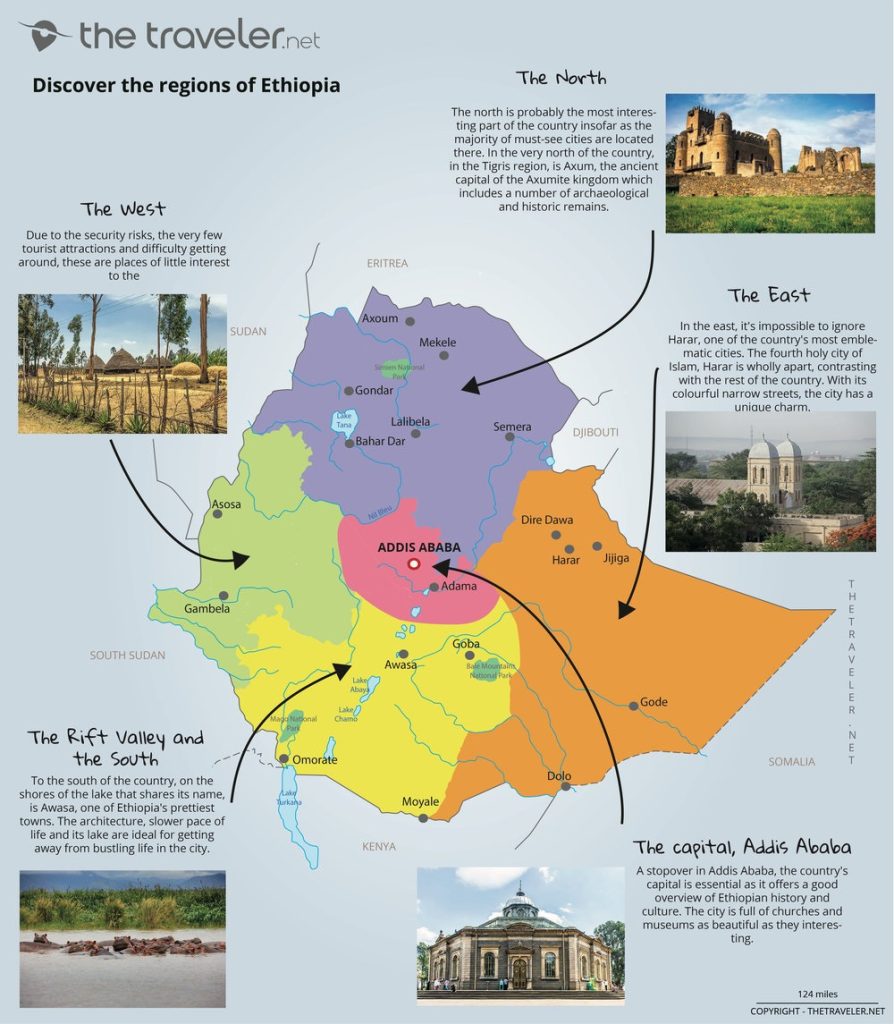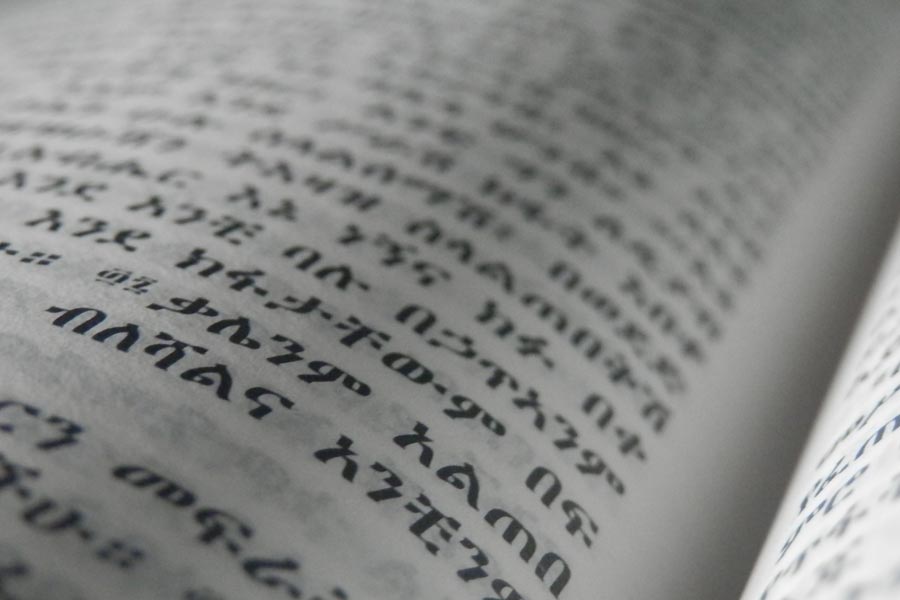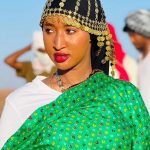Discover Ethiopia
LAND OF ORIGINS - ETHIOPIA
Capital city: Addis Ababa
Population ( 2017): 105 million
Surface area: 1.13 million sq km (437,794 sq miles)
Languages: Amharic (official language) and Tigrinya, Oromigna, Guaraginga, Somali, Arabic. English is also the administrative language.
Religion: Ethiopian Orthodox Christianity, Muslim and Protestant Christianity
Topography: Ethiopia has an elevated central plateau varying in height from 2,000 to 3,000 meters above sea level. There are around 25 mountains whose peaks reach over 4,000 meters in the North and the country’s Centre. The most famous Ethiopian river is the Blue Nile or Abay, which flows 1,450 kilometres from its source to join the White Nile in Khartoum.
Currency: Ethiopian Birr (ETB)
Time: GMT+3
Telephone code: +251
Electric supply: 220 Volts 50 cycles AC (Adapters can be easily found in all major cities)
Ethiopia is the tenth largest country in Africa with it`s rich cultural heritage and incredible diversity both in its people and landscape. The major ethnic/linguistic groups are the Oromo (34.4%), Amhara (27%), Somali 6.2%), Tigray (6.1%) and Sidamo (4%). It’s economy is dominated by subsistence agriculture. Coffee accounts for 55% of Ethiopia’s exports. It`s vast plateaus and craggy peaks of the Simien and Bale mountain ranges are breathtaking and home to much of Ethiopia’s wildlife, including the endangered Walia ibex, the Gelada Baboons and the Ethiopian wolf.

The remarkable Danakil Depression is one of the lowest, hottest and driest places on Earth. Looking like something from another planet, its bubbling lava lakes, vast salt flats and steamy fields in vivid greens, reds and yellows are unlike any other landscape on Earth. The tribes of the Lower Omo Valley, adorned with a fascinating array of lip plates, body paint and intricate beaded jewelry, are just one piece in Ethiopia’s complex and richly varied cultural ad unique life style.
ETHIOPIAN HISTORY
| 400 BC-2nd C AD | The Kingdom of Axum is born and it will become a regional rich trading power. |
| 300 AD | Coptic Christianity is introduced from Egypt |
| 1150-1270 | The Zagwe Dynasty rules over the northern highlands, introducing a sense of unity and stability |
| 1530-31 | Conquer of much Ethiopia by the muslim leader Ahmad Gran |
| 1818-68 | The regions of Amhara, Gojjam, Tijray & Shoa are conquered by Lij Kasa |
| 1855 | Kasa becomes Emperor Tewodros II |
| 1868 | Tewodros commits suicide to avoid capture after being defeated by a British expeditionary |
| 1889 | The King of Shoa becomes Emperor Menelik II after the death of Yohannes IV while fighting Mahdist forces. Menelik signs a bilateral friendship treaty with Italy which is misunderstood as a protectorate. Addis Ababa becomes the capital of Ethiopia. |
| 1895-1896 | Italians invade Ethiopia and finally are defeated during the Battle of Adwa in their attempt to conquer the country. |
| 1913 | Menelik II dies and is succeeded by his grandson Lij Iyasu. |
| 1916 | Lij Iyasu is deposed and succeeded by Zawditu, Menelik’s daughter, who rules through a regent, Ras Tafari Makonnen. |
| 1930 | Ras Tafari Makonnen, Haile Selassie, is crowned Emperor of Ethiopia. |
| 1936-1941 | Italian occupation. After an alliance with Britain by Emperor Haile Selassie I, Ethiopian and British forces drive Italian forces out of the country. |
| 1973-1974 | More than 200,000 people die in Wallo province as a result of famine. |
| 1974-1991 | The military led by General Teferi Benti push Haile Selassie out and the monarchy ends to establish a socialist state with Colonel Haile Mengistu as president after the death of Benti. During this period known as the “Red Terror” orchestrated by Mengistu, thousands of government opponents die. |
| 1991-1998 | Ethiopian People’s Revolutionary Democratic Front forces Mengistu to flee the country. |
| 1993 | Eritrea becomes independent after a referendum. |
| 1995 | Meles Zenawi assumes the post of Prime Minister. |
| 1998-2000 | A war between Ethiopia and Eritrea costs over 70,000 lives. |
| 2005 | Ethiopian elections are celebrated in a tense environment with the final result being declared in favour of the ruling party. |
| 2007 | Celebration of the new millennium according to the Coptic Orthodox Church Calendar. |
| 2012 | After the death of Meles Zenawi, Deputy Prime Minister and Foreign Minister Hailemariam Desalegn takes over. |
| 2015 | The ruling Ethiopian People’s Revolutionary Democratic Front (EPRDF) wins the general election. Barack Obama becomes the first sitting US president to visit Ethiopia. |
| 2016 | A state of emergency is declared after months of riots and violent anti-government protests |
| 2018 | Prime Minister Hailemariam Desalegn resigns in February and Dr Abiy Ahmed, an ethnic Oromo, becomes the new Prime Minister of Ethiopia. He soon starts to launch political reforms such as releasing political prisoners and declaring the end of the war between Ethiopian and Eritrea. He also appoints Sahle Wrok Zewde as first female Ethiopian President. |
| 2019 | In March, an Ethiopian Airlines plane flying from Addis Ababa to Nairobi, Boeing 737, crashes southeast of Addis Ababa, killing all 157 people on board. In June, a coup attempt against the federal government end up killing army chief Seare Mekonnen and Amhara State Governor Ambachew Mekonnen |
| 2020 | In April 8th 2020, the Ethiopian Government declared the State of Emergency (SOE) as a measure to prevent the outbreak of the COVID-19 disease. In November, a social clash between the regional authorities in the Tigray region and the federal government led to an armed conflict |
FACTS ABOUT ETHIOPIA
OWN ALPHABET
Ethiopia is the only country in Africa with its alphabet. Even though there are more than 80 different languages spoken in Ethiopia, Amharic is the working language, a semiotic language descending from Ge’ez, the language of ancient Axum, which the Ethiopian Orthodox Church still uses.
Geez has its alphabet, consisting of 209 symbols and 25 letter variants. Other regional languages, such as Oromigna, Tigrinya, and Arabic, are also widely spoken, along with English, and used in administration and secondary education.
Amharic is an Ethiopian Semitic language, a subgrouping within the Semitic branch of the Afroasiatic languages. It is spoken as a first language by the Amharas and as a lingua franca by other populations residing in major cities and towns of Ethiopia.


UNESCO World Heritage sites
The most significant number of UNESCO World Heritage sites. There are nine places in Ethiopia considered as UNESCO World Heritage sites. The Simien Mountains National Park is the only natural site.
While the others are listed as cultural sites, including the ruins of the city of Axum; the fortified historic route of Harar Jugol; the stonewalled terraces of Konso, (also known as the “natural New York village”).
Also the lower valleys of both the Awash and the Omo River where the evidence of human evolution was found; the eleven rock-hewn churches of Lalibela;, and Tiya with its 32 carved stelae covered with indecipherable symbols.
Ethiopia is amongst the countries that have registered their tangible and intangible heritage under UNESCOs cultural heritage list. According to Ethiopian Ministry of Culture and Tourism, UNESCO has recognized four intangible and nine tangible Ethiopian (a total of 13) heritages.
HOMELAND OF ANCESTORS
The Afar desert of Ethiopia, in the Middle Awash, is the early home of our human ancestors. According to the latest research, fossils of Homo gender have been found buried in the soil of this area. This is also the area where “Lucy”, one of the World’s most famous fossils, was also found.
Lucy is the common name of AL 288-1, several hundred pieces of fossilized bone representing 40 percent of the skeleton of a female of the hominin species Australopithecus afarensis. In Ethiopia, the assembly is also known as Dinkinesh, which means “you are marvelous” in the Amharic language.
Lucy was discovered in 1974 in Africa, at Hadar, a site in the Awash Valley of the Afar Triangle in Ethiopia.


HOME FOR THE ARC OF COVENANT
Ethiopia is a home to legendry Ark of the covenant. Ethiopia is considered as one of the oldest Christian nations in the World, adopting Christianity during the 4th Century. It is also claimed to be the home to the legendary Ark of the Covenant containing the 10 Commandments.
This relic is said to be kept in Axum and only one man is allowed to see it. Also, Ethiopia is the home of the Black Jews, known as Beta Israel and Islam also appeared early in Ethiopia when Mohammed’s followers were persecuted and sought refuge in Abyssinia.
The Ethiopian Orthodox Tewahedo Church claims to possess the Ark of the Covenant, or Tabot, in Axum. The object is currently kept under guard in a treasury near the Church of Our Lady Mary of Zion. Replicas of the Axum tabot are kept in every Ethiopian Orthodox Tewahedo church, each with its own dedication to a particular saint; the most popular of these include Mary, George and Michael.
ORIGIN OF COFFEE
According to a legend, Kaldi, an Ethiopian shepherd, once discovered the properties of this stimulating plant after noticing that his goats became very active and awake after eating berries from a certain tree, It is believed that the Ethiopian highlands are origin of the coffee plant.
Ethiopia is one of the top coffee-producing country of Africa and Arabica beans are specially appreciated. The coffee ceremony is one of the most recognizable parts of culture, offering this peculiar ritual during festivities, visits or as a daily routine for community or family meetings.
Coffee was first exported out of Ethiopia to Yemen by Somali merchants from Berbera and Zeila in modern-day Somaliland, which was procured from Harar and the Abyssinian interior.

BE SEVEN YEARS YOUNGER
You will be seven years younger when you travel in Ethiopia. Ethiopia is the only Christian country that still follows the Julian calendar and consequently it is seven years and eight months behind the rest of the Christian world (which follows the revised Gregorian calendar). Thus, the Ethiopian calendar consists of 13 months: 12 months of 30 days and another month of five (or six days in leap years) days duration.


